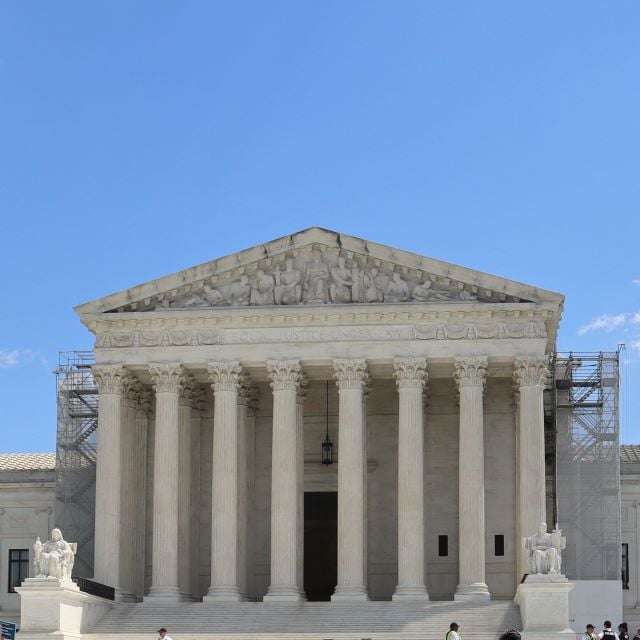Supreme Court Overturns Chevron Rule in Blow to Agency Power

A divided U.S. Supreme Court threw out a decades-old legal doctrine that empowered federal regulators to interpret unclear laws, issuing a blockbuster ruling that will constrain environmental, consumer and financial-watchdog agencies.
The 6-3 decision raises new questions about longstanding rules and puts more of the onus on Congress to directly tackle policy issues with new laws. It gives judges a broader mandate to rein in regulators when they exceed their authority.
The ruling, which came in a fight over a fishing-industry regulation, is a long-sought triumph for opponents of big government. The court overturned Chevron v. Natural Resources Defense Council, a 1984 ruling that Democratic administrations had used as a legal building block for new regulations.
The majority said the Chevron decision improperly transferred the power to interpret the law from the judiciary to federal agencies. Under Chevron, judges were required to defer to agencies that offered a reasonable interpretation of an unclear statute.
“Chevron was a judicial invention that required judges to disregard their statutory duties,” Chief Justice John Roberts wrote for the court. He said judges “must exercise their independent judgment in deciding whether an agency has acted within its statutory authority.”
The court divided along ideological lines, with liberal Justices Elena Kagan, Sonia Sotomayor and Ketanji Brown Jackson in dissent.
“A longstanding precedent at the crux of administrative governance thus falls victim to a bald assertion of judicial authority,” Kagan wrote for the dissenters. “The majority disdains restraint, and grasps for power.”
Chipping Away
The conservative-dominated court had already chipped away at Chevron and slashed agency authority in recent years. The court in 2022 required regulators to have clear congressional authorization before acting on “major questions.”
The majority tempered the latest ruling to some degree by saying past decisions that upheld regulations on the basis of Chevron would remain in force.
Still, the court might soon deliver a fresh blow to agencies by letting some entities challenge regulations decades after they were adopted. In a case involving debit-card transaction fees, the justices are considering allowing suits by companies that weren’t in business at the time the regulation was enacted, even if the statute of limitations has expired for other potential challengers.
The court is expected to rule in that case on Monday, when it will issue the final decisions of its nine-month term.
Gorsuch Connection
The Chevron ruling originally was a victory for the deregulatory agenda of Environmental Protection Agency Administrator Anne Gorsuch Burford, the mother of future Justice Neil Gorsuch. Justice Antonin Scalia hailed Chevron in a 1989 law review article as providing “needed flexibility, and appropriate political participation, in the administrative process.”
But conservatives eventually came to loathe the doctrine as liberal administrations relied on it to justify broad regulations. Then-President Barack Obama used Chevron to defend a rule encouraging states to adopt more renewable power. And President Joe Biden said courts should defer to regulators seeking to expand federal oversight of waterways.
Gorsuch joined Roberts in the majority, along with fellow conservatives Clarence Thomas, Samuel Alito, Brett Kavanaugh and Amy Coney Barrett.






